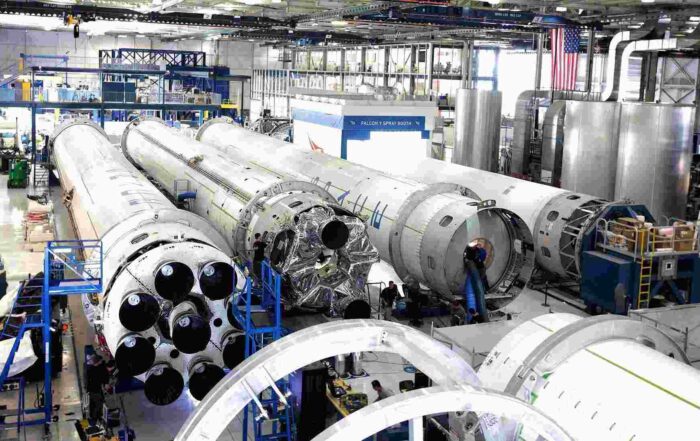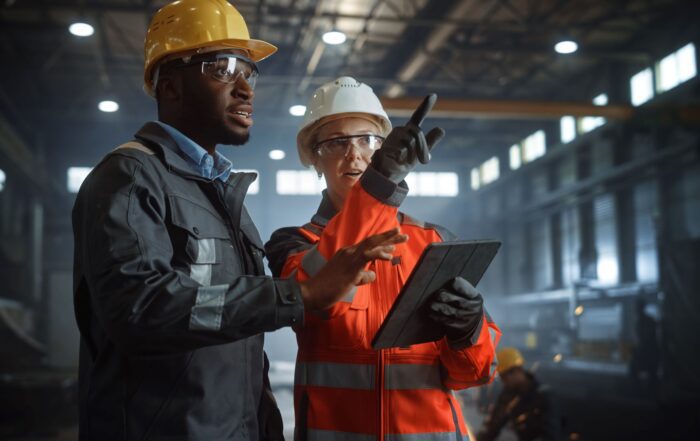Risk based inspection (RBI) prioritizes assets based on their associated risks. In doing so, RBI increases resource efficiency by ignoring assets with inconsequential risk and instead focusing on assets with critical failure modes.
A generic way to estimate risk in a risk based inspection program is: Probability of Failure (PoF) x Consequence of Failure (CoF) = Risk
Download this checklist to learn the general first steps for implementing a risk based inspection program. Discover what types of data to collect and how to go about calculating risk.
Benefits of a Risk Based Inspection program
Implementing a risk based inspection program provides a number of benefits, including:
- Overall reduction in risk for the assets assessed
- An understanding or acceptance of the current risk
- To maintain license to operate
When implemented appropriately, a RBI program provides numerous advantages to both oil and gas industries as well as industries outside the hydrocarbon and chemical process industry. While not the primary goal, RBI reduces maintenance costs by more efficiently allocating inspection resources on high risk equipment, it increases safety by giving organizations a better understanding of their risks, and it maintains business operations by focusing on risks that threaten critical processes.
Get inspired
A detailed explanation of the differences, uses, and function of RCFA and FMEA.
Learn how Mean Time to Failure (MTTF) is metric that helps organizations optimize their maintenance and reliability strategy.
In 2030, asset management will be reshaped by AI, emphasizing predictive maintenance. This evolution signifies a commitment to digital innovation and environmental consciousness, adapting to global technological trends for improved efficiency and sustainability.




